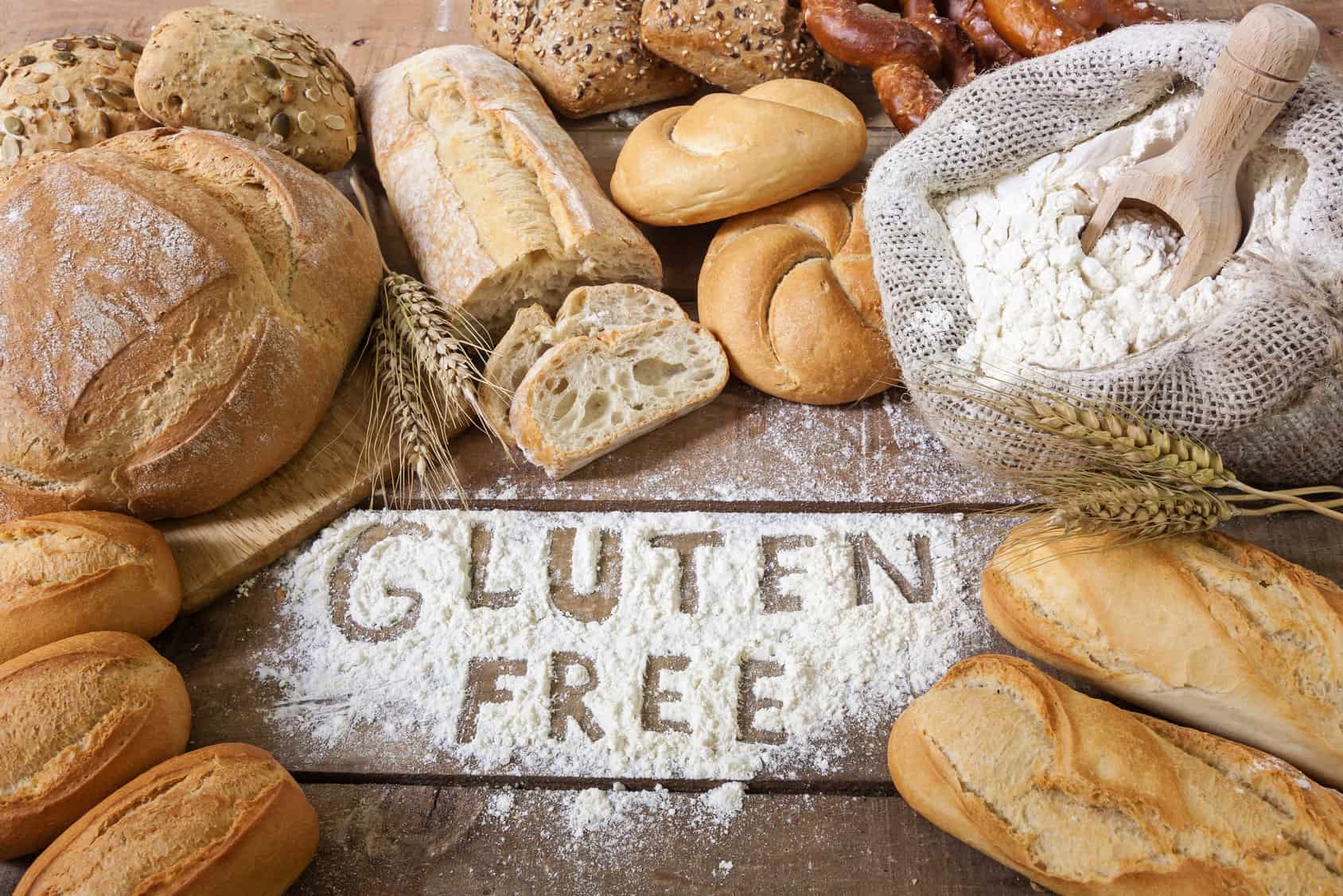A Parent’s Guide to Gluten-Free Baking: Nourishing & Delicious
Welcome to the wholesome world of gluten-free baking! Whether you’re a parent of a child with celiac disease, wheat allergies, or you’re just interested in exploring healthier baking alternatives, this comprehensive guide is here to make your journey into gluten-free bakery a delightful and stress-free success.
Understanding Gluten-Free: The Basics
Let’s dive right into the nitty-gritty of gluten-free living! Gluten is a protein found in wheat, barley, and rye, and it can cause havoc in individuals with certain health conditions. Cutting it out can seem daunting at first, but fear not! Gluten-free baking offers a vast array of scrumptious and nutritious options that your kids will absolutely adore.
Finding the Right Ingredients for Your Gluten-Free Bakery
Embarking on your gluten-free baking voyage begins with stocking up your pantry with the right ingredients. Traditional flours are off-limits, but there’s a whole world of gluten-free alternatives that provide excellent nutrition and flavor.
- Almond flour – Great for cookies and cakes, and it adds a lovely nutty flavor.
- Coconut flour – Absorbs a lot of liquid, making it perfect for dense and moist bakes.
- Rice flour – A versatile choice that’s perfect for a variety of recipes.
- Oat flour – Make sure it’s specifically labeled gluten-free due to cross-contamination risks.
- Tapioca flour – Often used in combination with other flours for a chewy texture.
And don’t forget xanthan gum or guar gum; these are crucial for giving your gluten-free baked goods the structure and elasticity that gluten usually provides.
Gluten-Free Baking Tips for Parents
Gluten-free baking can be a different playground altogether, but with a few handy tips, you’ll be the gluten-free baker extraordinaire of the family:
- Read Labels Carefully: Gluten hides in many places, so always read labels to ensure products are certified gluten-free.
- Invest in Good Quality Bakeware: Non-stick surfaces and proper baking pans can make a big difference in your gluten-free baking results.
- Embrace Hydration: Gluten-free flours often need more moisture, so don’t shy away from adding a little extra liquid to your recipes if needed.
- Temperature Matters: Use an oven thermometer to make sure your oven is at the right temperature, as this can affect baking times and outcomes.
Gluten-free baking can be immensely rewarding, especially when you see your children enjoying their favorite treats without any health concerns. Stay tuned as we continue to explore more gluten-free baking tips and delicious recipes that will make your family’s hearts (and tummies) happy!
Remember, being a gluten-free household doesn’t mean missing out on the joy of baking. With some adjustments and creativity, you can whip up amazing treats that everyone will love. So, preheat your ovens and get ready for a baking adventure that accommodates everyone’s needs!

5 Things Parents Should Know in Preparing for Gluten-Free Bakery
As you embark on your gluten-free baking journey, here are five key things to keep in mind:
- Understanding Cross-Contamination: The tiniest traces of gluten can cause issues for those with sensitivities. Separate utensils, bowls, and even toasters are a must to prevent cross-contamination. Ensure your kitchen is a safe zone for gluten-free cooking by thoroughly cleaning surfaces and using separate containers for gluten-free ingredients.
- Getting Creative with Binders: Gluten acts as a glue that holds baked goods together. Without it, your bakes might crumble. That’s where binders come in. Along with xanthan gum and guar gum, consider using natural binders like eggs, chia seeds, or flaxseeds mixed with water to help your ingredients stick together.
- Playing with Texture: Gluten-free flours have different textures. Some might be grainier, while others are finer. Mixing different gluten-free flours can help you attain a texture similar to wheat flour. It’s all about finding the perfect balance for the recipe at hand, so don’t be afraid to experiment.
- Timing is Key: Gluten-free dough doesn’t behave like wheat dough – it often doesn’t need to rest as much. However, you might find that gluten-free baked goods could take longer to bake. Always do the toothpick test: if it comes out clean, your delightful treat is ready to cool down and be devoured!
- Patience & Practice: Gluten-free baking is an art form that requires patience. Your first attempt might not be perfect, but don’t get discouraged. The more you bake, the better you’ll get at understanding the nuances of gluten-free flour mixes and how they react with other ingredients.
With these considerations in mind, you’re well on your way to becoming a pro at baking gluten-free treats that will not only keep your family safe but also provide them with the deliciousness they deserve!
Discovering Family-Favorite Gluten-Free Recipes
Be bold and expand your horizons with a variety of recipes, from the basics like bread and muffins to more creative endeavors like gluten-free pies and pastries. Keep your kids excited about mealtime with a diverse spread of baked goods they can enjoy. Start with simple recipes and gradually step up to more complex bakes; this way, you won’t feel overwhelmed, and every success will boost your confidence!
Creating a Gluten-Free Baking Community
Lastly, remember that you’re not alone on this journey. Connect with other parents who are also involved in gluten-free baking. Social media groups, local community centers, and online forums are excellent places to share experiences, exchange recipes, and offer support.
By embracing these tips and tricks, you can confidently create a wonderful selection of gluten-free baked goods. Keep at it, adventurous bakers, because every smile from your little ones is worth every sprinkle of gluten-free flour!
For more great fun click here. For more information see here
Disclaimer
The articles available via our website provide general information only and we strongly urge readers to exercise caution and conduct their own thorough research and fact-checking. The information presented should not be taken as absolute truth, and, to the maximum extent permitted by law, we will not be held liable for any inaccuracies or errors in the content. It is essential for individuals to independently verify and validate the information before making any decisions or taking any actions based on the articles.




